Connections between biological systems and artificial technologies help us to better understand the functions of our brain. The brain-computer interface has the potential to improve the rehabilitation of neurological patients.
The brain is a fascinating organ. For hundreds of years, scientists have been studying our brain to find out how all our conscious and unconscious functions are controlled, how we feel and perceive, think and decide. Fantastic apparatuses have been conceived to learn more and more about the way the brain works, with varying success.
Just as in other technological fields, many new developments have taken place in neurology recently. Measuring devices have become more precise, new methods of visualization have been invented, and work can be targeted at ever-smaller cellular structures. It is even possible to communicate with coma patients and attempts are being made to tackle diseases like Alzheimer’s and solve the great mysteries of intelligence and consciousness.
The findings of the neurosciences have long been an inspiration for artificial intelligence research. Many models of machine learning are vaguely derived from human physiology. So-called connectomic research studies the brains and nervous systems of living creatures. With simple organisms such as flies and worms, it can already produce digital replicas of them and transfer these into robotic systems. The results of this research offer hope for decisive breakthroughs in artificial intelligence: replicas of biological nervous systems generally learn much faster and more efficiently than traditional models of machine learning.
Even if we make rapid progress in neurology and machine intelligence inspired by biology, the human brain as a whole will be many times more powerful than its machine counterparts for a long time to come.
Exhibits
-
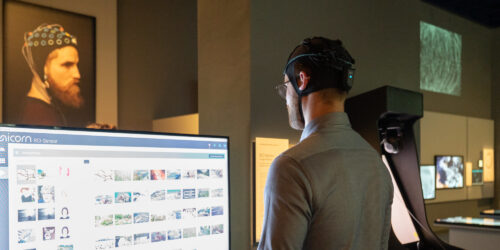
BCI Sensor
Ars Electronica Solutions (AT), g.tec medical engineering GmbH (AT) & Erika Mondria (AT)
The Unicorn Brain Interface is a wearable EEG headset that measures and analyzes bioelectric signals at the cerebral cortex to capture brain activity in the process of forming opinions.
-

Cardiff Brain Scan
Cardiff University
Using Cinematic Rendering to study the nerve fibers in the brain as well as the causes and progress of multiple sclerosis.
-
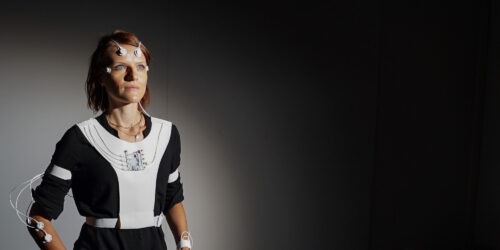
Future Ink
Ars Electronica Futurelab (AT) & Wacom Co., Ltd. (JP)
Future Ink is a joint research project between Wacom, the world’s leading company for interactive pen displays and tablets, and the Ars Electronica Futurelab.
-

mindBEAGLE: Gehirn-Assessment und Kommunikation
g.tec medical engineering (AT)
mindBEAGLE is a brain-computer interface that can be used for patients who are in a vegetative state or suffering from disturbance of consciousness, locked-in syndrome, or ALS, a motor-neuron disease.
-
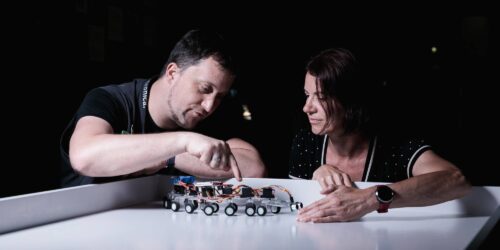
Open Worm
OpenWorm Foundation (INT)
Open Worm is an open source community dedicated to creating a virtual Caenorhabditis Elegans, a 1-millimeter-long nematode.
-
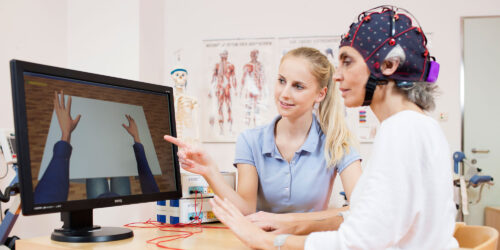
recoveriX: Stroke Rehabilitation
g.tec medical engineering (AT)
recoveriX is a brain-computer interface used for neuro-rehabilitation of stroke patients.
-
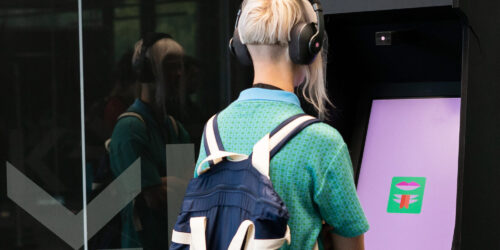
The NeuroRight Arcades
Roel Heremans (BE)
Innovation in neuro-wearables and Brain-Computer-Interfaces is advancing faster than the social and ethical frameworks surrounding them.
-

Unicorn Speller
g.tec medical engineering GmbH (AT)
With the app Unicorn Speller by g.tec medical engineering GmbH, words can be written, or commands can be sent to devices by the power of thought.
-
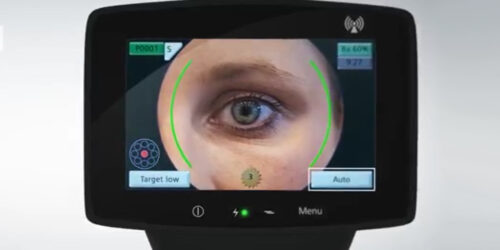
Visuscout 100: The Portable Fundus Camera
Look yourself in the eyes and take a picture of your retina!
